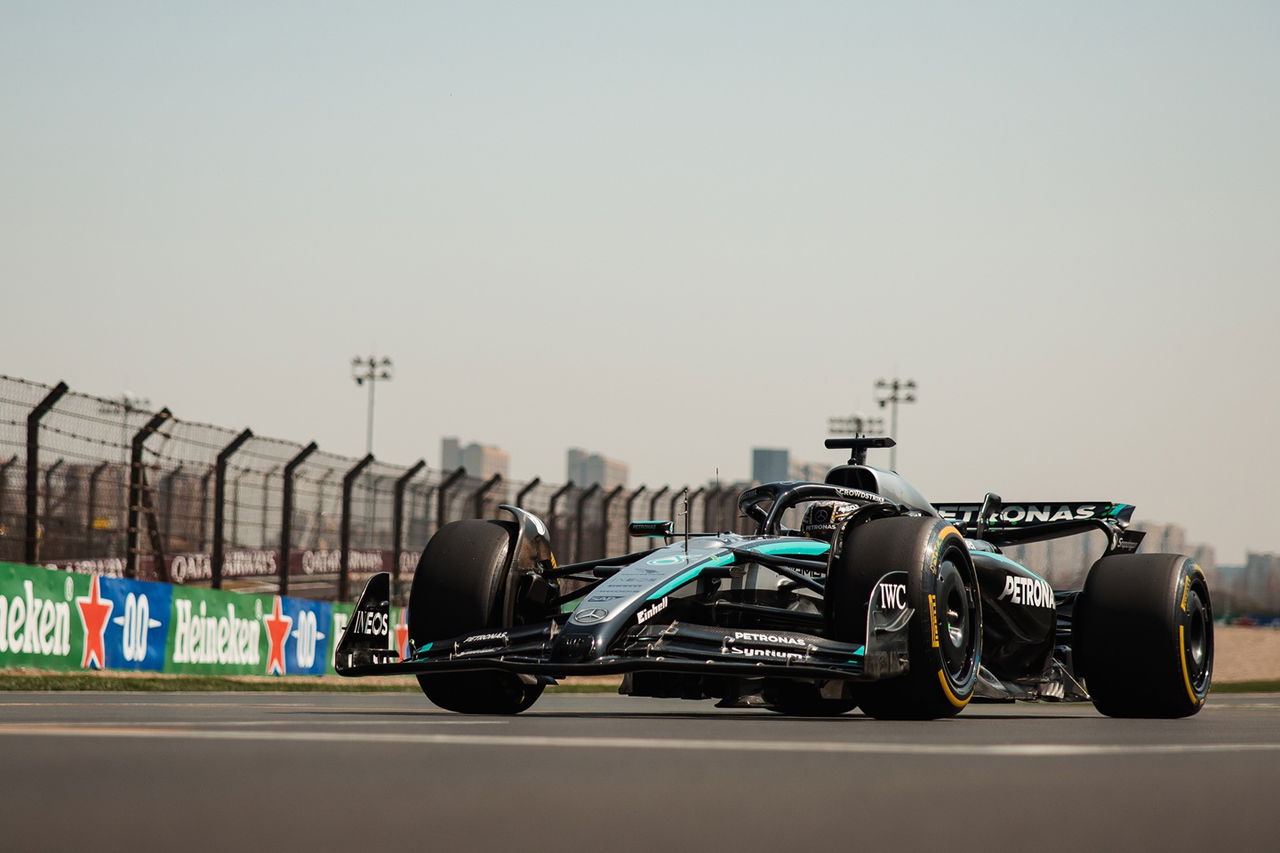George Russell's Different Approach Nets Him a Front Row Start: A Strategic Masterclass
George Russell's stunning front-row start at [Insert Grand Prix Location and Date] wasn't just a result of raw speed; it was a testament to a meticulously crafted race strategy. His performance showcased a different approach, one that prioritized long-term gains over immediate gratification, ultimately outsmarting his rivals and securing a prime position for the race. This strategic masterclass has sent ripples through the Formula 1 paddock, highlighting the evolving nature of modern Grand Prix racing.
A Calculated Gamble: Tire Strategy and Track Conditions
Russell's team, [Team Name], opted for a less conventional tire strategy during qualifying. While many drivers favored the softer compound for a quick lap time, Russell’s team chose a harder compound, anticipating track degradation throughout the session. This seemingly risky decision paid off handsomely.
- Understanding Track Degradation: The team's analysis accurately predicted the increasing track temperature and the consequent impact on tire wear. This detailed understanding, coupled with Russell's precise driving, allowed him to maintain consistent lap times even as other drivers struggled with tire degradation.
- The Hard Compound Advantage: Choosing the harder compound meant that Russell could push his tires harder later in the session, while other drivers had to manage their tires to avoid premature wear. This subtle difference in tire management provided the critical edge.
- Data-Driven Decision Making: The success underscores the importance of data analysis in modern F1. The team's sophisticated simulations and real-time data collection played a crucial role in informing their strategic decisions.
Outsmarting the Competition: A Tactical Triumph
Russell's performance wasn't just about the tire strategy; it was about intelligent racecraft. He expertly managed his pace throughout the qualifying sessions, consistently improving his lap times while conserving his tires, setting up a perfect final lap. This calculated approach allowed him to secure a front-row position, leaving many more experienced drivers behind. His performance demonstrated a level of strategic thinking rarely seen.
Beyond the Front Row: Implications for the Race
Securing a front-row start is a significant achievement, offering a clear advantage at the start of the race. However, the implications of Russell's different approach extend far beyond the starting grid.
- Race Pace Prediction: His tire management skills during qualifying suggest a strong race pace, potentially setting him up for a podium finish or even a victory.
- Strategic Flexibility: This approach shows a readiness to adapt to changing track conditions and rival strategies, giving him a crucial advantage throughout the race.
- Teamwork and Communication: The success highlights the importance of seamless communication and cooperation between the driver and his engineering team.
The Future of F1 Strategy
Russell's performance at [Insert Grand Prix Location and Date] represents a shift in the strategic landscape of Formula 1. The focus on long-term strategy, data-driven decision-making, and tire management highlights the increasing importance of sophisticated analysis and calculated risk-taking in achieving success. It sets a new benchmark for qualifying strategy and promises an exciting future for the sport.
Looking Ahead: Will other teams adopt similar strategies? We'll be watching closely as the season unfolds to see how other drivers and teams react to this tactical masterpiece by George Russell. His bold strategy has certainly shaken up the Formula 1 world.
(Optional: Add a relevant image of George Russell)
(Optional: Include links to related news articles or F1 team websites.)
